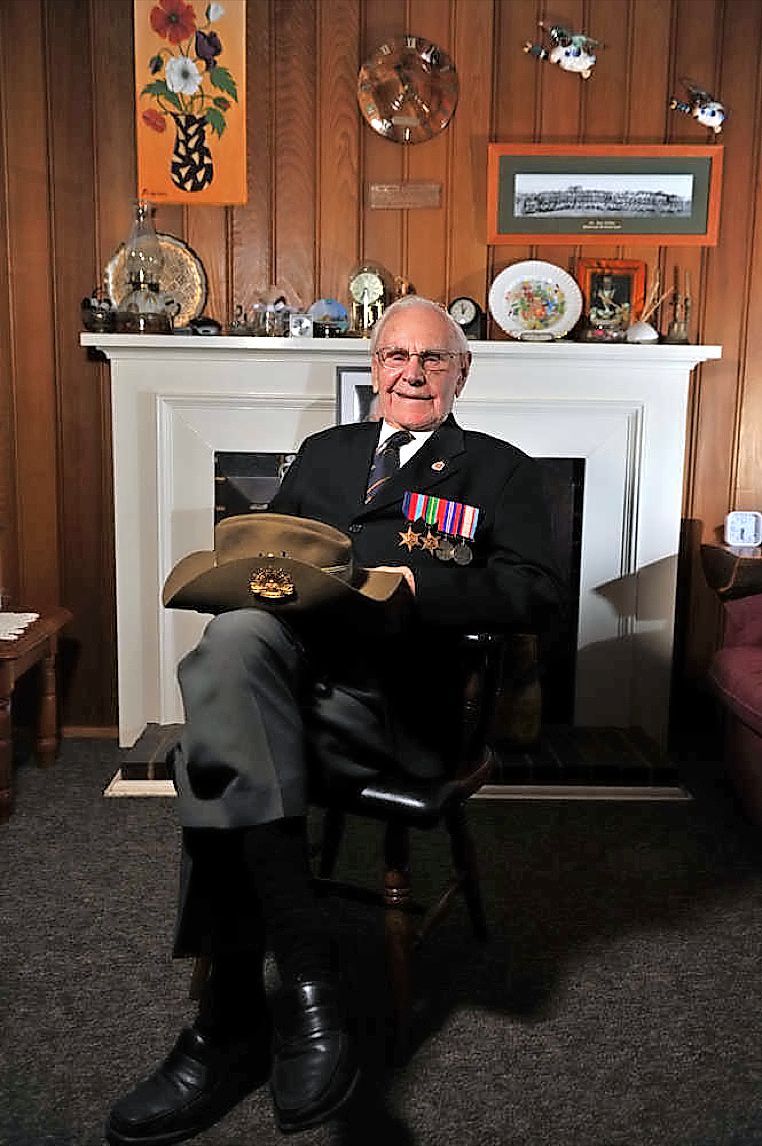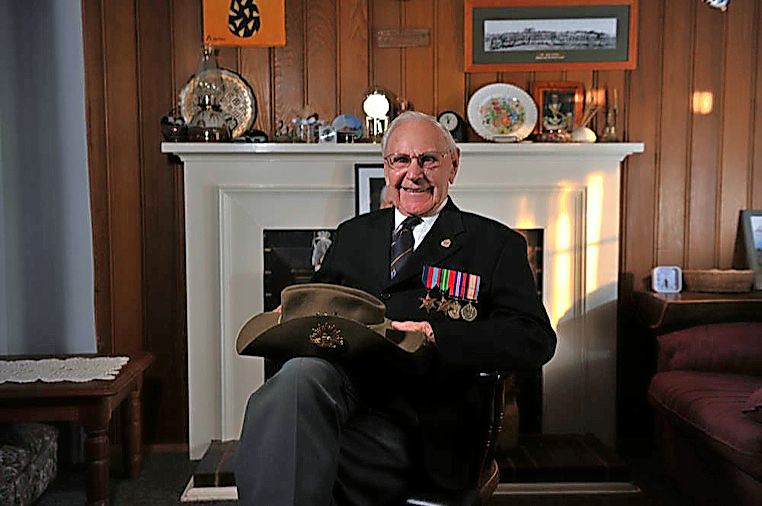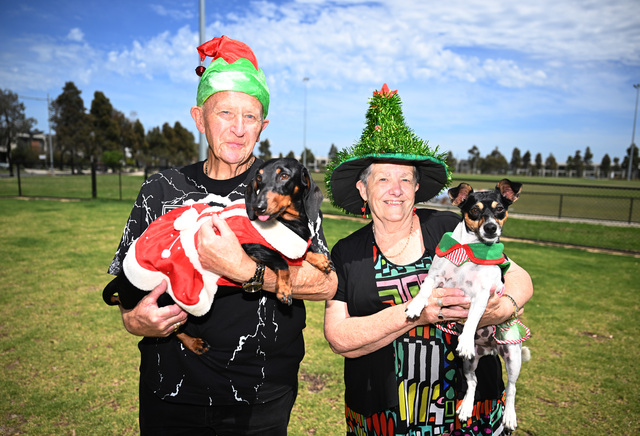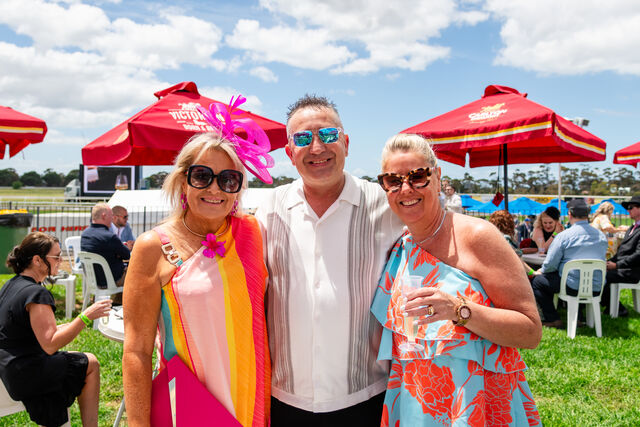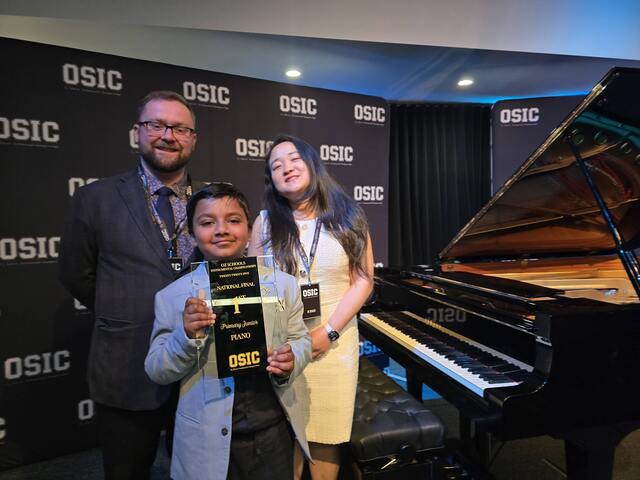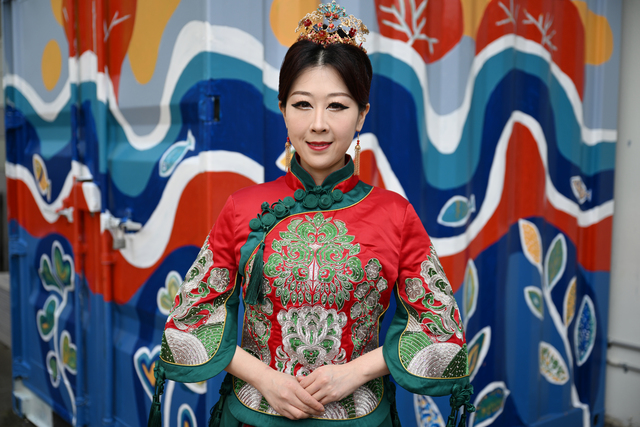At 97 years of age, Wyndham Vale’s Eric Johnston has seen it all. The former World War II prisoner of war sat down with Adem Saban to reflect on his time overseas and the years that followed.
Tell me about life for you before the war.
I was born in Melbourne, and then moved to Altona. I met the love of my life Vera, but had no money to marry her. I had to sell my bike to get some money. We were married – and that’s when the war broke out. Straight to war I went.
Can you tell me a bit about your involvement in World War II?
I was a signaller responsible for the communications lines in Malaya when the Japanese occupied the land. Our frontline was the jungle of Malaya, but I was based in Singapore. One day the Japanese were getting closer to us, and we didn’t have the manpower they did, so we began to retreat back into Singapore. That’s when we were captured by the Japanese.
What followed your capture?
We were thrown into Changi prison, where we stayed for four years.
What was life like as a prisoner?
We were made to work for the Japanese. I spent two years working in the warehouses, and then was sent off to build the Thailand-Burma railway. (Also known as the Death Railway – a 415-kilometre railway built by more than 60,000 prisoners of war during WWII. A total of 2802 Australians died building the railway). I was based near River Kwai and Hellfire Pass over the two-year period. At night, we would return to Changi.
What were the conditions like?
The nutrition was very poor. All we ate each day was breakfast and dinner … only a bowl of rice. For protein, we used to put whatever we could find in it. We added a lot of grubs and cockroaches. The Japanese were brutal. We did not want to get sick. If we got sick, we knew we wouldn’t get better – we’d die. We witnessed some horrible things, like beheadings.
How did you keep your spirits high in such difficult circumstances?
There was plenty to keep us going. We used to hold concerts amongst ourselves. It was excellent. Then we would play cards, too, which was great. The prisoners shared a really great mateship. It really helped us to get through what we got through.
What happened after the end of the war?
When the Japanese surrendered, I came back to Australia. I spent nine months in hospital and then began working with the forestry commission. I was reunited with Vera and we had our first daughter Gail. Another four kids followed Gail.
What is life like today?
I live alone in Wyndham Vale and catch the bus when I need to go somewhere. My daughter, Gail, lives nearby and helps out. I keep active by walking one kilometre each day, and love the bowls, golf and Collingwood Football Club.

